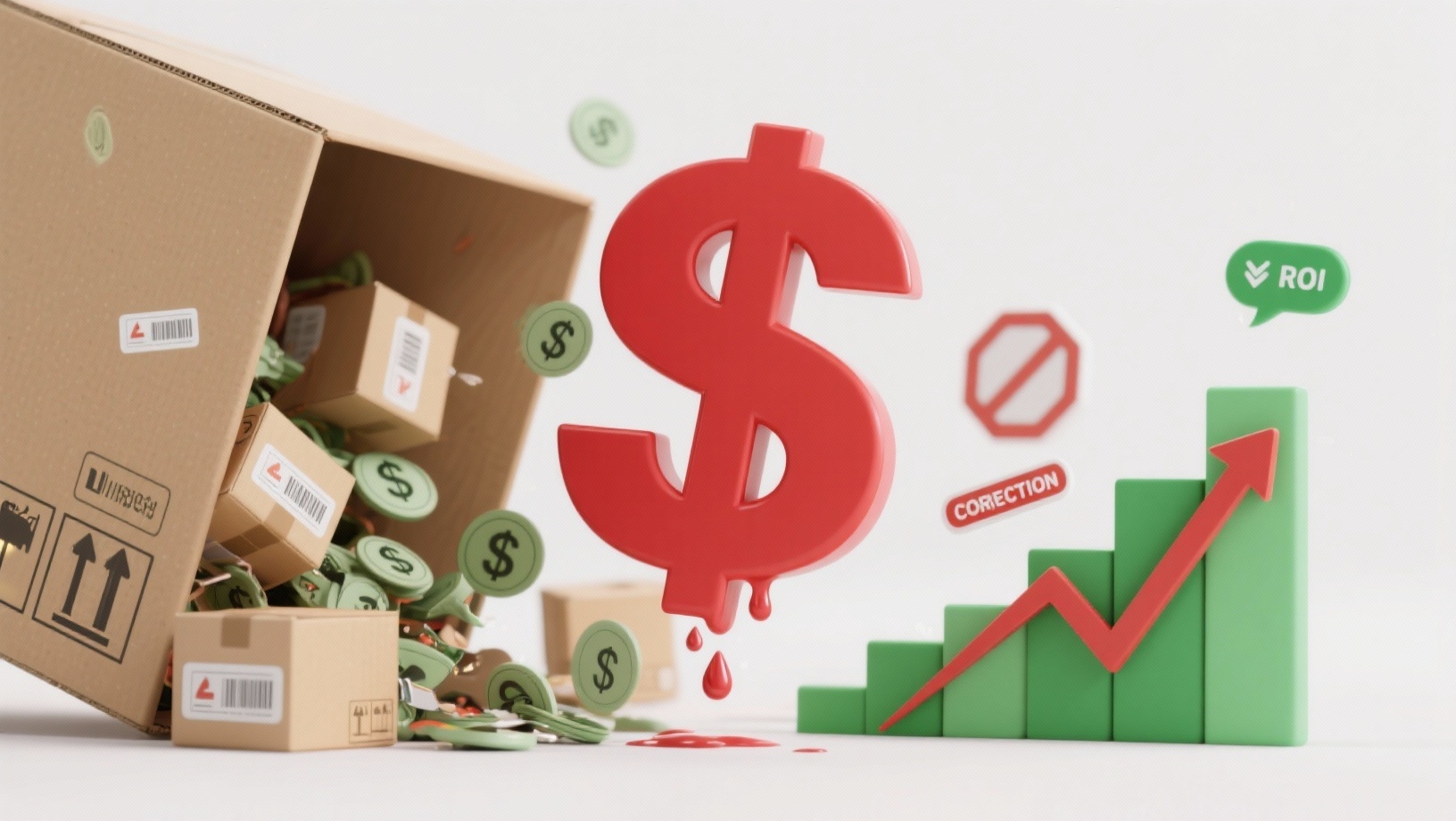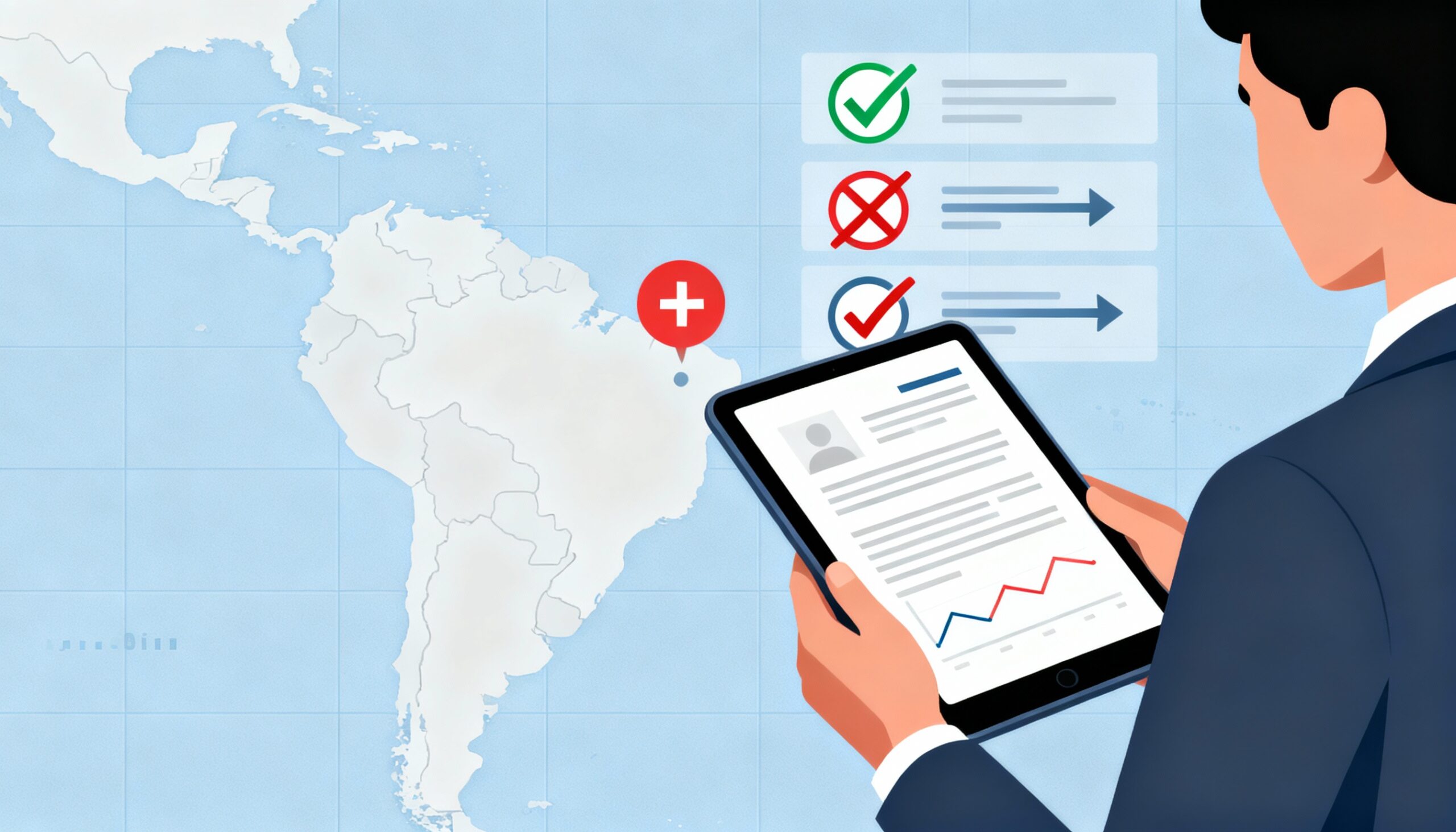You think that $16.40 UPS address correction fee is the problem. It’s not.
It’s a rounding error.
The real cost of a bad address is silently killing your brand. I’ll show you how to calculate it in the next 3 minutes.
Real talk: nearly all businesses report failed deliveries. It’s not an ‘if’ problem, it’s a ‘how much is it costing you’ problem. U.S. retailers are losing an estimated $216 billion a year to delivery issues.
The true cost is a punch to your P&L you might not even see coming.
It’s time to stop guessing and start quantifying.
Let’s break down your Real Cost-Per-Failure Calculation, step by step.
First, the obvious fee. The one you see on your carrier invoice.
You’re looking at the $16.40 Address Correction fee from UPS and thinking that’s the cost. Add in fees for redelivery attempts and the reverse logistics cost to get the package back to your warehouse.
The average direct cost for a single failed delivery is somewhere between $17.20 and $17.78.
This is your baseline. But this is just table stakes. The real bleeding happens behind the scenes.
Next up is the time suck. This is where the real damage starts.
Every failed delivery triggers a cascade of wasted labor that multiplies your direct costs.
Think about your customer support team. How much time do they spend on “Where’s my order?” (WISMO) calls? Research shows that each one of those interactions costs a business an average of £5-£10 to resolve. That’s for one bad address.
Then there’s your warehouse crew.
They have to receive the returned item, inspect it, process it back into inventory, and then pick, pack, and reship it. That’s double the labor for zero incremental revenue.
These hidden operational costs can multiply your visible costs by 3 to 5 times.
That $17.78 failure just became an $88.90 problem.
Now for the number your CFO actually cares about: lost Customer Lifetime Value (CLV).
A customer who gets a failed delivery doesn’t blame the carrier. They blame you.
And they don’t come back.
The data is brutal. A staggering 84% of consumers state they will not return to a brand after a single poor delivery experience. Some studies put that number even higher.
Take your average CLV. Now multiply it by the number of customers who had a delivery failure last month. That’s the future revenue you just incinerated. It’s the most expensive, and most overlooked, cost of all.
So, what’s causing this?
Here’s the thing. A huge chunk of these failures come from one place: bad customer address data.
Typos, wrong zip codes, missing apartment numbers. As many as 45% of all failed deliveries can be traced back to an address error. It’s the root cause you can actually control.
Knowing the cause means knowing the fix. The ROI is clear.
Take this calculation to your boss.
Build the business case for a preventative solution using this simple formula: ROI = (Net Profit / Cost of Investment) * 100%.
The benchmark ROI for prevention, like address verification software at checkout, can be anywhere from 4:1 to 10:1.
The goal isn’t saving $17 on a reshipment fee.
The goal is saving the 84% of customers who won’t come back. Freeing up your support team to help customers grow, not track down lost packages. Protecting your CLV and your brand’s reputation.
That’s the framework.
Go run the numbers. Today.





